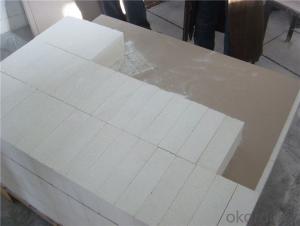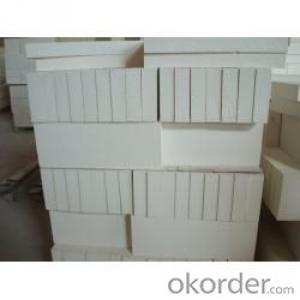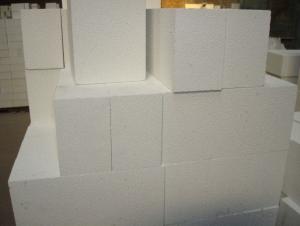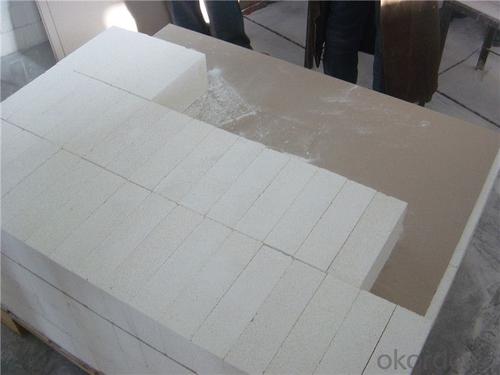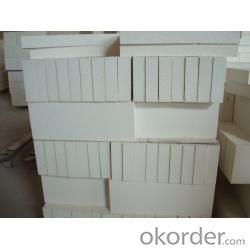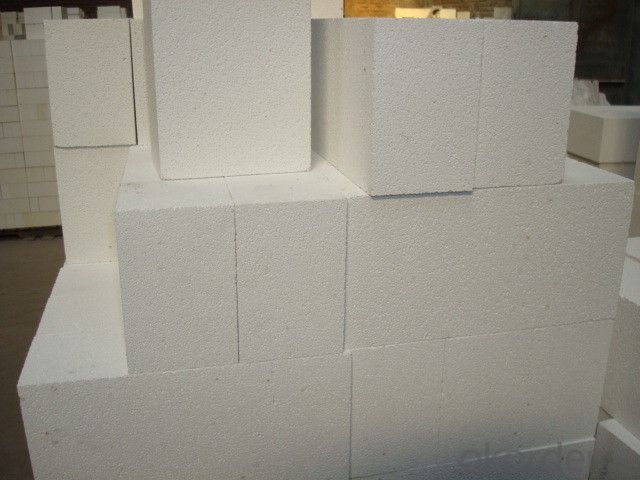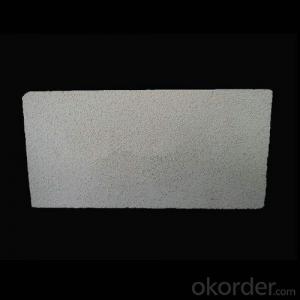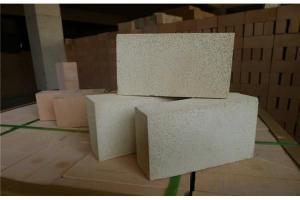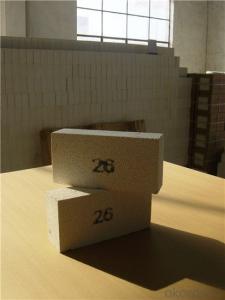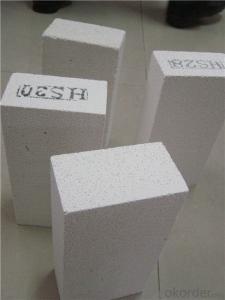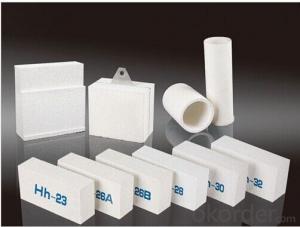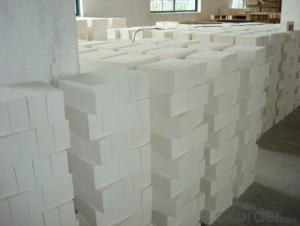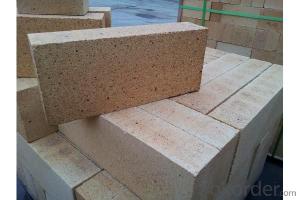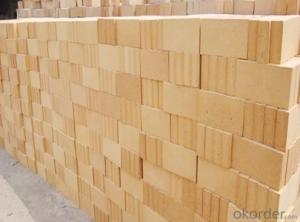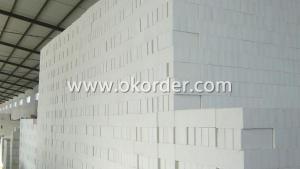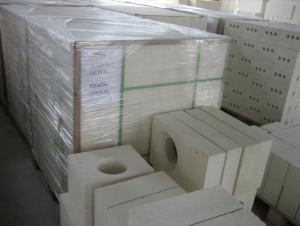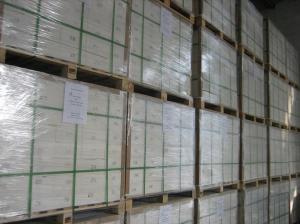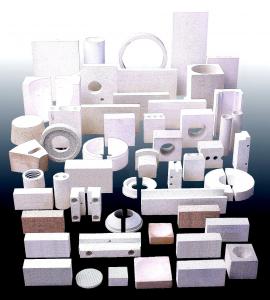Insulating Fire Brick for Hot Blast Stove Mullite Insulating Brick
- Loading Port:
- Shanghai
- Payment Terms:
- TT OR LC
- Min Order Qty:
- 1 m.t.
- Supply Capability:
- 1000 m.t./month
OKorder Service Pledge
OKorder Financial Service
You Might Also Like
CNBM conforms strictly to the requirements of ISO 9000 quality control system during the production. MSDS is also available if you want. The thermal insulation fire clay brick meet with the requirements of ASTM & JIS standards. So please stay cool with our quality.
Application
Insulating Fire Brick are used for the lining of converter, alternating current arc furnace, direct Current arc furnace and the ladle slag line, etc.
Insulating Fire Brick Technical index
Brand Quality | JM23 | JM26 | JM28 | JM30 | JM32 | |
Bulk Density (g/cm3) | 0.52 | 0.78 | 0.88 | 1.03 | 1.25 | |
1.2 | 1.6 | 2.1 | 2.5 | 3.5 | ||
Modulus of Rupture (Mpa) | 0.9 | 1.4 | 1.6 | 2.1 | 2.1 | |
-0.5 | 1400℃ -0.4 | 1510℃ -0.5 | 1620℃ -0.9 | 1730℃ -0.9 | ||
Thermal Expansion 1100℃(%) |
0.5 |
0.7 |
0.8 |
0.9 |
1.1 | |
Thermal conductivity(W/m.k)
| 400℃ | 0.14 | 0.27 | 0.32 | 0.41 | 0.49 |
600℃ | 0.16 | 0.29 | 0.34 | 0.43 | 0.50 | |
800℃ | 0.18 | 0.31 | 0.36 | 0.44 | 0.51 | |
1000℃ | 0.20 | 0.33 | 0.38 | 0.45 | 0.53 | |
Al2O3 | 37 | 58 | 67 | 73 | 77 | |
Fe2O3 | 0.7 | 0.7 | 0.6 | 0.5 | 0.4 | |
Equipment
1 unit of Ceramic Abrasive (SG Abrasive) pilot production line
2 units of Compact grain Abrasive pilot production lines
1 unit of high-end coated abrasives (abrasive cloth) production line
2 units of Boron Carbide production lines
3 large flexible crushing and sieving lines for grit production lines
2 units of 2000KVA furnaces for Boron Carbide fusion
6 units of 5000KVA-10000KVA dumping type electric arc furnaces for Brown Fused Alumina fusion
Company Advantage
(1)Long Insulating Fire Brick manufacture history: 25 years manufacturer
(2)Advanced equipment
(3)Diversification of production standards: ISO ANSI FEPA JIS ASTM
(4)Flexible payment: T/T L/C D/P D/A
(5)Professional marketing team and after-sale service
(6)Free sample
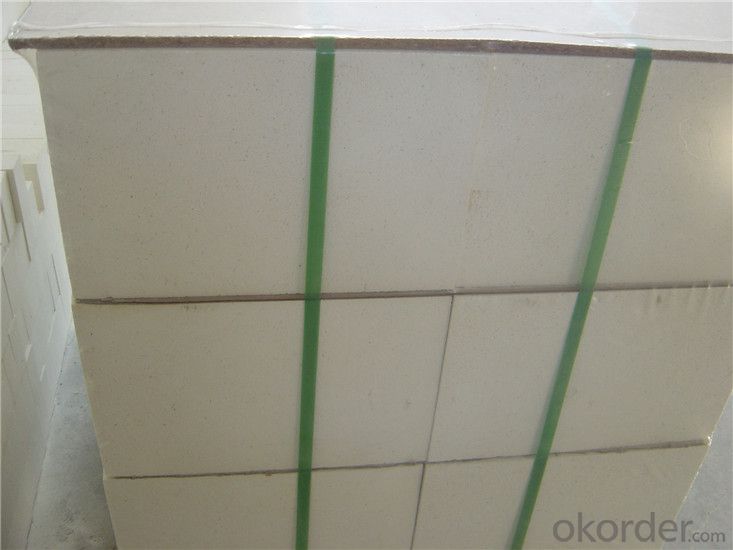
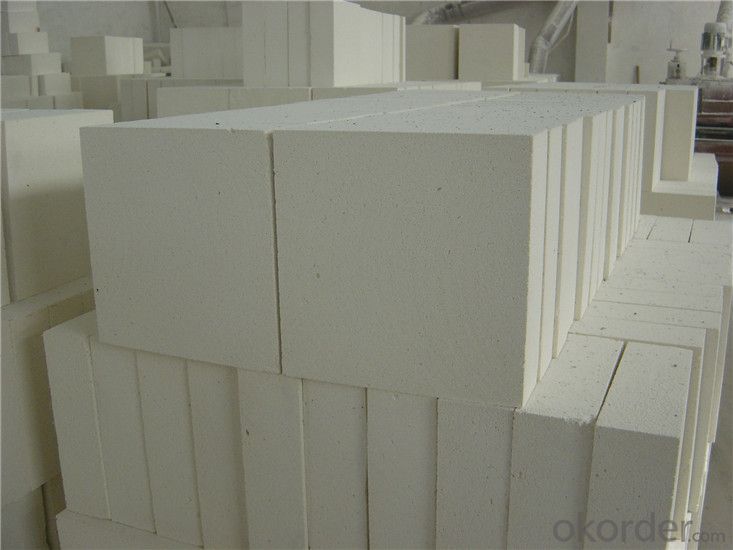
- Q: Is the building built of cement hollow board safe?
- If the use of material quality unqualified cement hollow board, the construction process of Jerry building, even with good material, there will be security risks;
- Q: Are insulating fire bricks resistant to moisture or water damage?
- Insulating fire bricks possess a general resistance to moisture and water damage. Their low porosity and high density prevent water absorption. Moreover, they are usually crafted from materials like alumina or silica, which inherently resist moisture. Nevertheless, it must be emphasized that no material is entirely impervious to water, and continuous exposure to moisture can gradually impact the insulating fire bricks. Thus, it is advisable to take essential measures, such as applying suitable sealants or coatings, to heighten their resistance to moisture or water damage in specific scenarios.
- Q: Are insulating fire bricks resistant to electrical conductivity?
- Yes, insulating fire bricks are resistant to electrical conductivity.
- Q: Can insulating fire bricks be used in the construction of steam generators?
- Yes, insulating fire bricks can be used in the construction of steam generators. These bricks are designed to withstand high temperatures and provide insulation, making them suitable for applications such as steam generators where heat retention is important.
- Q: Are insulating fire bricks easy to cut and shape?
- Yes, insulating fire bricks are relatively easy to cut and shape. They are made of lightweight materials such as ceramic fibers, which can be easily cut using common tools like saws or knives. Additionally, their low-density composition allows for easier shaping and customization to fit specific requirements.
- Q: Can insulating fire bricks be used in the construction of steel rolling mills?
- Yes, insulating fire bricks can be used in the construction of steel rolling mills. Insulating fire bricks are designed to have excellent thermal insulation properties, which makes them ideal for applications that require high temperatures and heat containment. In steel rolling mills, where high temperatures are involved, insulating fire bricks can be used to line the walls of furnaces, ovens, and other heat-processing equipment. These bricks help to reduce heat loss, increase energy efficiency, and maintain a stable temperature environment, which is crucial in the steel rolling process. Additionally, insulating fire bricks are lightweight and easy to install, making them a practical choice for construction in steel rolling mills.
- Q: Do insulating fire bricks require any special curing or firing temperature profiles?
- Yes, insulating fire bricks do require special curing or firing temperature profiles. These bricks are typically made from lightweight refractory materials, which need to be slowly heated and cooled to avoid cracking or damage. The curing process involves gradually increasing the temperature over several hours and holding it at a specific level for a certain period. This allows the bricks to undergo physical and chemical changes, ensuring their optimal performance and durability in high-temperature applications.
- Q: Can insulating fire bricks be used in fertilizer plants?
- Yes, insulating fire bricks can be used in fertilizer plants. They are commonly used in high-temperature applications, such as kilns and furnaces, to provide thermal insulation and protect against heat loss. In fertilizer plants, where various processes involve high temperatures, insulating fire bricks can be utilized to enhance energy efficiency and maintain optimal temperature conditions.
- Q: Are insulating fire bricks resistant to gas permeation?
- Generally, insulating fire bricks exhibit resistance to gas permeation. They possess a low porosity design, minimizing open spaces for gas passage. This attribute renders them highly effective in preventing gas permeation. Moreover, insulating fire bricks are commonly constructed from materials like alumina, known for their exceptional resistance to high temperatures and chemical reactions. This further bolsters their resistance to gas permeation. In conclusion, insulating fire bricks are a dependable option for minimizing or preventing gas permeation in various applications.
- Q: Can insulating fire bricks be used for kiln furniture?
- Yes, insulating fire bricks can be used for kiln furniture. Insulating fire bricks are designed to withstand high temperatures and are commonly used in industrial kilns and furnaces. They have excellent thermal insulation properties, which makes them ideal for creating kiln furniture such as shelves, posts, and supports. The insulating properties of these bricks help to distribute heat evenly throughout the kiln, ensuring that the items being fired are heated consistently. Additionally, insulating fire bricks are lightweight and easy to handle, making them a convenient choice for kiln furniture.
Send your message to us
Insulating Fire Brick for Hot Blast Stove Mullite Insulating Brick
- Loading Port:
- Shanghai
- Payment Terms:
- TT OR LC
- Min Order Qty:
- 1 m.t.
- Supply Capability:
- 1000 m.t./month
OKorder Service Pledge
OKorder Financial Service
Similar products
Hot products
Hot Searches
Related keywords
